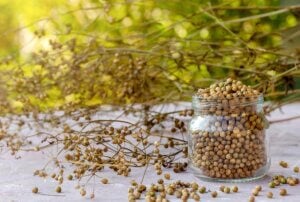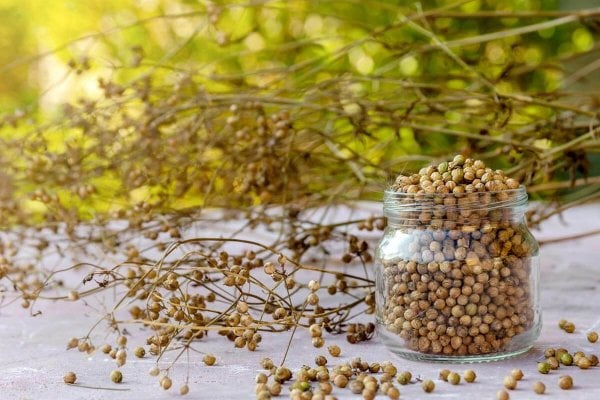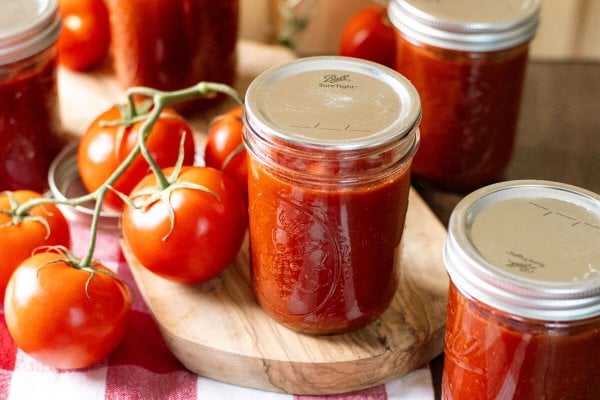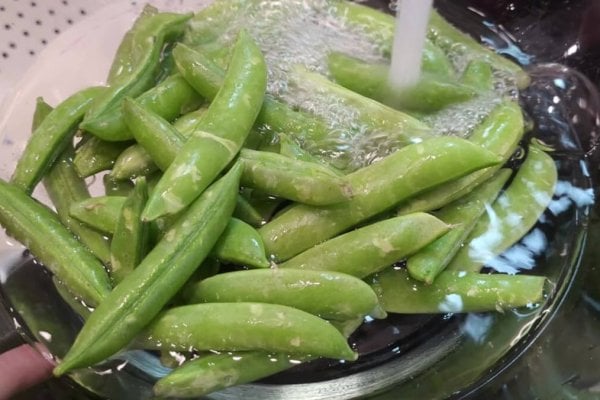While most of us have a bottle of vinegar in our pantry for cooking, did you know it’s a great multi-purpose tool around the house? Vinegar is a natural and effective solution for many household chores, from cleaning appliances to brightening clothes.

Table of Contents
ToggleWhy I Love These Vinegar Uses
Anytime I’m cleaning in the house, I like to utilize as many natural ingredients that I already have on hand. I’ve found almost any cleaning job can be done with a few common household ingredients. Check out my other posts on the numerous uses of salt, more ways to use baking soda, uses for washing soda, unexpected dish soap uses, versatile citric acid uses, and cream of tartar uses.
You might be surprised to learn just how many uses there are for vinegar! Some of my favorite vinegar uses are my homemade glass cleaner and homemade all-purpose spray cleaner. Let’s take a closer look and unlock the power of vinegar.

Best Vinegar for Household Use
When it comes to household chores, vinegar is my go-to solution. But did you know that not all vinegar is created equal? The best type of vinegar for household use is distilled white vinegar. It’s versatile and can be used for various tasks around the house.
However, there are also instances where other types of vinegar, like apple cider vinegar, can be more effective (learn how to make homemade apple scrap vinegar here).
Below are some common household tasks and the best vinegar to use for each:
| Task | Best Vinegar |
|---|---|
| Cleaning appliances | Distilled white vinegar |
| Brightening clothes | Distilled white vinegar |
| Disinfecting cutting boards | White wine vinegar or apple cider vinegar |
| Cleaning windows | Distilled white vinegar |
| Descaling shower heads | White wine vinegar or apple cider vinegar |
| Clean hardwood floors | Cider vinegar with a dash of olive oil |
| Create natural furniture polish | White vinegar and olive oil |
| Unclog drains | Baking soda and white vinegar |
| Kill weeds | Distilled white vinegar |
As you can see, different types of vinegar can be better suited to specific tasks. But when in doubt, distilled white vinegar is a safe bet for most household tasks. Give it a try and see how it works for you!
Here is a handy guide to understanding the difference between cleaning and disinfecting and which method to use for your home’s applications.

Precautions for Using Vinegar
Mixing vinegar with other cleaning agents can cause chemical reactions that can be hazardous to your health. Never mix vinegar with these products.
- Bleach – Mixing vinegar with bleach creates chlorine gas, which can irritate the eyes and lungs and, in some cases, be fatal. Here is more information on chlorine gas and what you should know about household bleach.
- Ammonia – Using ammonia mixed with vinegar creates chloramine vapor, which can irritate the skin, eyes, nose, and throat and potentially cause pulmonary edema. You can find more information on chloramine here.
- Hydrogen Peroxide – While hydrogen peroxide can revolutionize your cleaning routine, when it is mixed with vinegar it creates a highly corrosive chemical called peracetic acid, which can burn the skin and eyes. Inhalation can cause pulmonary edema; high or repeated exposure can affect the liver and kidneys. You can find more information on peracetic acid here.
- Baking Soda (in a sealed container) – Baking soda is safe to mix with vinegar as long as it is not stored in a sealed container. Carbon dioxide gas will build up pressure inside the container, causing it to explode.

Uses for Vinegar in the Kitchen
Vinegar is a must-have in every kitchen. Not only is it a natural and affordable alternative to harsh chemicals, but it’s also incredibly versatile. Here are some ways I use vinegar in my kitchen:
| Task | Best Vinegar |
|---|---|
| Microwave | Microwaves can get dirty quickly, and removing pesky food stains can be a challenge. But with vinegar, cleaning the microwave is a breeze. Mix equal parts vinegar and water in a microwave-safe bowl and heat for five minutes. The steam created by the mixture will loosen all the grime and make it easier to wipe away. |
| Coffee Maker | If your coffee maker has been accumulating hard water deposits, vinegar can help. Fill the water reservoir with equal parts water and vinegar, run a brewing cycle, then rinse with water. Your coffee maker will look and smell like new! |
| Disinfecting cutting boards | Cutting boards are notorious for harboring bacteria, but vinegar can help to disinfect them. Simply spray full-strength vinegar on the board, let it sit for a few minutes, then rinse with water. |
| Freshen up the Refrigerator | If your fridge has a funky smell, vinegar can help deodorize it. Soak a sponge or cloth in equal parts vinegar and water and wipe down the inside of your fridge. The vinegar will eliminate any bad odors and leave your fridge smelling fresh and clean. |
| Dishwasher | Dishwashers can also accrue built-up grime and need cleaning from time to time. Set a bowl of vinegar on the top rack and run a cycle with hot water. The vinegar will clean your dishwasher’s interior, leaving it looking and smelling fresh. |

Uses for Vinegar in the Bathroom
Vinegar is a must-have for effective bathroom cleaning. Its acidity makes it a powerful partner in the fight against soap scum, water stains, mineral deposits, and other stubborn bathroom grime. Plus, it’s completely natural and safe for the environment.
| Task | Vinegar Solution |
|---|---|
| General Cleaning and Deodorizing | Vinegar is a natural deodorizer, making it ideal for creating a fresh and clean bathroom environment. To use, mix equal parts vinegar and water in a spray bottle and spritz on surfaces like countertops, floors, and mirrors. Vinegar also works great on grout, helping to restore its original color. |
| Cleaning the Toilet Bowl | Want a sparkling clean toilet bowl without harsh chemicals? Pour one cup of vinegar into the bowl and let it sit for a few minutes. Scrub with a toilet brush, then flush. Your bowl will be fresh and clean! |
| Descale Showerheads | Over time, mineral deposits can clog showerheads, reducing water flow and pressure. Vinegar is a simple solution to this problem. Fill a plastic bag with vinegar and secure it around the showerhead with a rubber band. Let it soak for a few hours or overnight, then remove the bag and run the shower to flush out any remaining vinegar. |
| Removing Soap Scum and Water Stains | Soap scum and water stains can build up on bathroom surfaces, leaving them looking dull and dingy. To remove them, spray a solution of equal parts vinegar and water onto the affected area. Let it sit for a few minutes, then wipe clean with a damp cloth. |
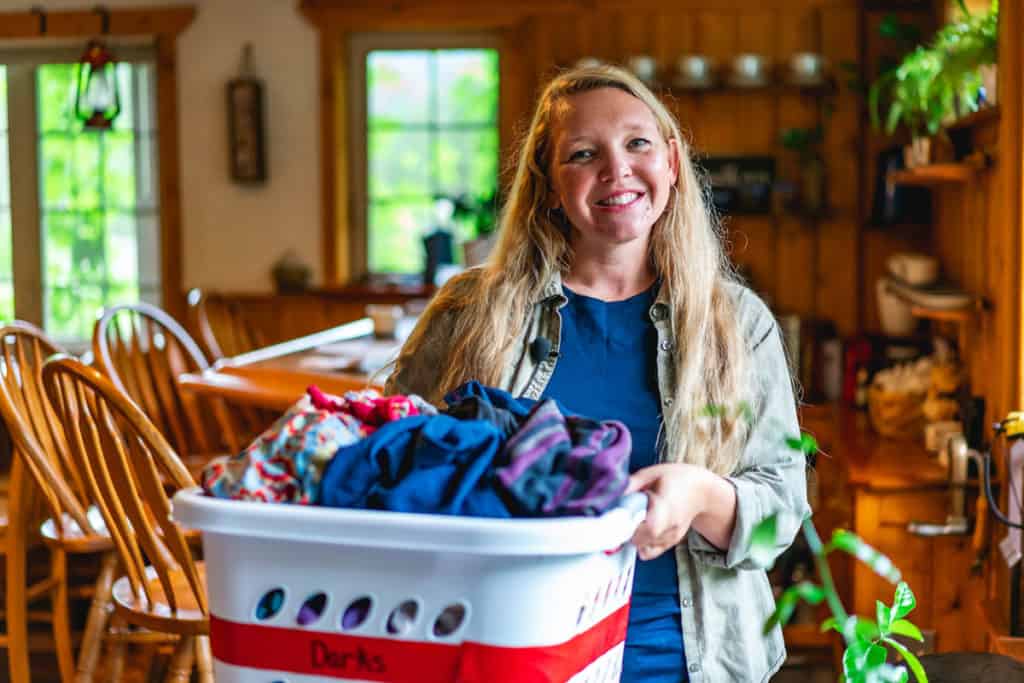
Laundry Uses for Vinegar
Are you tired of using harsh chemicals on your clothes? Look no further than vinegar! This natural solution has a multitude of laundry uses that are both effective and affordable.
| Task | Vinegar Solution |
|---|---|
| Brighten White Clothes | Vinegar can be used in laundry to whiten and freshen fabrics. Add 1/2 to 1 cup of distilled white vinegar and your regular laundry detergent, and wash as normal. (The vinegar scent will dissipate after drying.) |
| Fabric Softener | If you’re looking for a natural fabric softener, vinegar can also do the trick. Add half a cup to your machine during the rinse cycle to leave your clothes feeling soft and fresh. |
| Clean Washing Machine | Vinegar can also be used to clean your washing machine, keeping it fresh and odor-free. Add two cups of white vinegar to your machine, and run it through a complete cycle on the hottest setting. |
| Wrinkled Clothing | Combine 1/4 cup of vinegar with 3/4 cup water in a spray bottle with a fine mister setting. Lightly spray wrinkled areas and hang. Wrinkles will disappear as the garment dries! |
| Prevent Colors from Running | Before you wash them for the first time, soak your new clothing in full-strength white vinegar for 10-15 minutes. |
| Shrunken Wool | Shrunken wool can be stretched back to its original size by boiling the garment in 1 part vinegar to 2 parts water for 25 minutes. Carefully remove it from the boiling solution, cool it for a moment, and then stretch it back to its original shape. Hang the garment to air dry when finished. |
| Ring Around the Collar and Underarm Stains | Make a paste of two parts vinegar to three parts baking soda, and scrub the stain vigorously. Allow the paste to set for at least half an hour before washing as normal. Homesteading Hack: This method also works great for ink stains! |
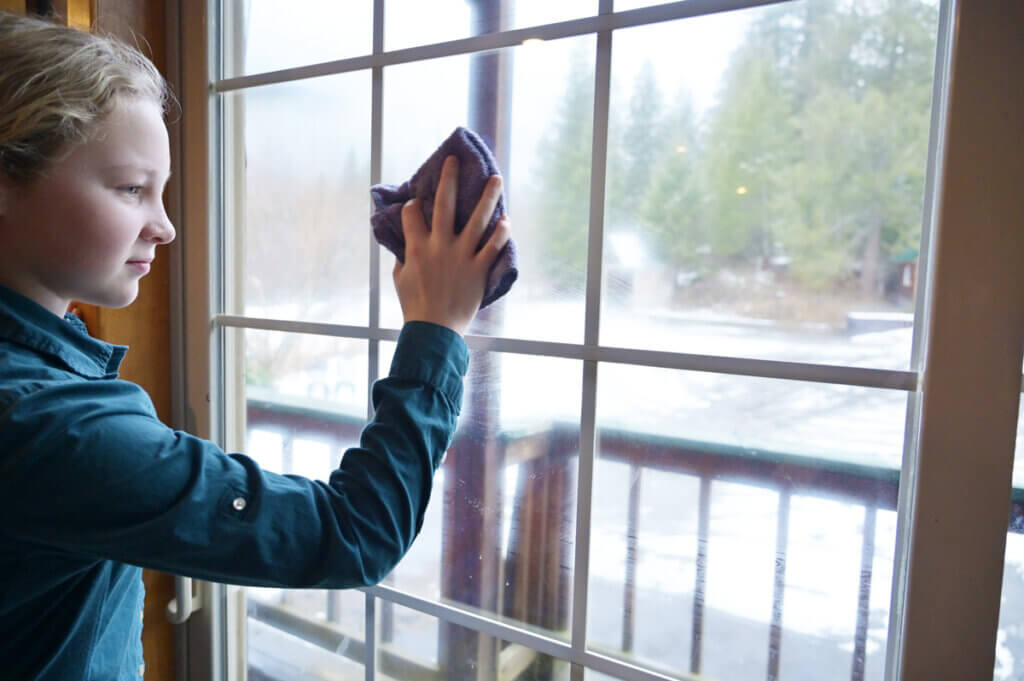
Other Uses for Vinegar Around the House
Besides its common uses in the kitchen and bathroom, vinegar has several other applications around the house that you might not have considered. Here are some of the lesser-known uses for vinegar:
| Task | Vinegar Solution |
|---|---|
| Clean Hardwood Floors | Mix one cup of vinegar with a gallon of warm water. Dip a mop in the solution and wring it out well before cleaning the floors. |
| Create a Natural Furniture Polish | Mix equal parts of olive oil and vinegar in a spray bottle. Shake well before use and spray onto furniture, then wipe clean with a cloth. |
| Water Stains | To remove the watermarks on the wood, mix equal parts of olive oil and vinegar in a spray bottle. Shake well before use and spray onto the stain, then use a microfiber cloth to rub it away. |
| Unclog Drains | Pour half a cup of baking soda down the drain, then follow with half a cup of vinegar. Let the mixture sit for 10-15 minutes, then pour hot water down the drain to flush it out. |
| Kill Weeds | Mix one part vinegar with one part water and add a drop of dish soap. Transfer the solution into a spray bottle and apply it to weeds for a natural weed killer. Homesteading Hack: We don’t recommend using this solution near perennial plants or your garden. This is a great solution for driveways, sidewalks, or any other areas where the vinegar won’t harm your plants. |
| Clean Windows | Want to make your windows shine? Mix equal parts water and vinegar in a spray bottle, spray on your windows, and wipe them with a microfiber cloth. Your windows will be streak-free. Check out our homemade glass cleaner for a fun addition to this recipe. |
| Clean Paint Brushes | If you have gunky paintbrushes, don’t throw them out just yet. Soak them in vinegar for an hour or two, then rinse with warm water. Vinegar breaks down paint residue and restores your paintbrushes to their former glory. |
| Carpet Rinse | Vinegar can even act as a carpet rinse to remove stubborn stains! Mix equal parts of white vinegar and water, and apply the solution to the carpet stain before blotting with a clean cloth. |
| Rust Remover | For larger items, vinegar can be poured directly onto the rust. If the item is small enough to fit inside a bucket or a bowl, soak it in undiluted vinegar overnight. Then, wipe the rust stain clean and rinse off any residual vinegar. Homesteading Hack: To keep vinegar from running off the larger surfaces, soak a rag with the vinegar and place it on the rust stain. |
| Bath Toys | Combine 1/2 cup of vinegar with a gallon of water in a bucket to remove and prevent mold and mildew on bath toys. Soak bath toys for 10-15 minutes, and rinse clean. |
| Fresh Cut Flowers | For a quart-sized vase, add two tablespoons of vinegar and two tablespoons of sugar to the water and extend the life of your fresh-cut flowers. |
| Remove Chewing Gum | Pour full-strength vinegar on a rag, and rub gum residue until it’s gone. Homesteading Hack: This method works great to remove sticker residue, too! |
| Ink Marks on Walls or Desks | Wipe the ink spot using full-strength white vinegar on a cloth or a sponge until the marks are gone. |

What Smells Does Vinegar Get Rid Of
If you’re looking for a natural and effective way to combat odors around your home, vinegar is your answer. Here are some of the most common smells that vinegar can get rid of:
- Pet Odors – Vinegar is great for neutralizing the smell of pet urine and can be sprayed directly on the affected areas. Just be sure to test on a small, inconspicuous area first.
- Cooking Smells – If you’re left with the lingering smell of last night’s hearty beef curry, simply simmer some vinegar on the stove to eliminate the odors. You can also leave a bowl of vinegar out overnight to absorb the smells.
- Wood and Cigarette Smoke – Vinegar is known for its ability to absorb smoke odor, so fill a bowl with vinegar and leave it in the affected room overnight to freshen the air.
- Mold and Mildew – Vinegar is perfect for getting rid of the musty smell caused by mold and mildew. Simply spray vinegar on affected surfaces and leave it for a few hours before wiping it away. Homesteading Hack: Don’t let mold or mildew go untreated. If you suspect mold, it’s important to take care of it right away to avoid any other health concerns.

How to Deodorize a Room with Vinegar
Could a natural, chemical-free solution help keep your room fresh and odor-free? Absolutely, and vinegar is the answer! Deodorizing a room with vinegar is as effortless as it gets. Follow these easy steps to keep your room smelling clean and fresh:
- Fill a spray bottle with white vinegar. Use undiluted vinegar or dilute it with some water.
- Spray the solution around the room, focusing on any areas with unpleasant smells. Don’t worry; the vinegar smell will dissipate pretty quickly.
- If you want to tackle particularly tough odors, place bowls of white vinegar around the room overnight to absorb any smells.
- Add a few drops of essential oil to the vinegar spray for a pleasant scent, if desired. Lemon, lavender, and peppermint work well.
Vinegar is a cheap, natural, and effective way to deodorize a room. By incorporating vinegar into your cleaning routine, you can achieve a healthier and more sustainable home environment. So, next time you are faced with a household chore, consider reaching for a bottle of vinegar – you won’t be disappointed!
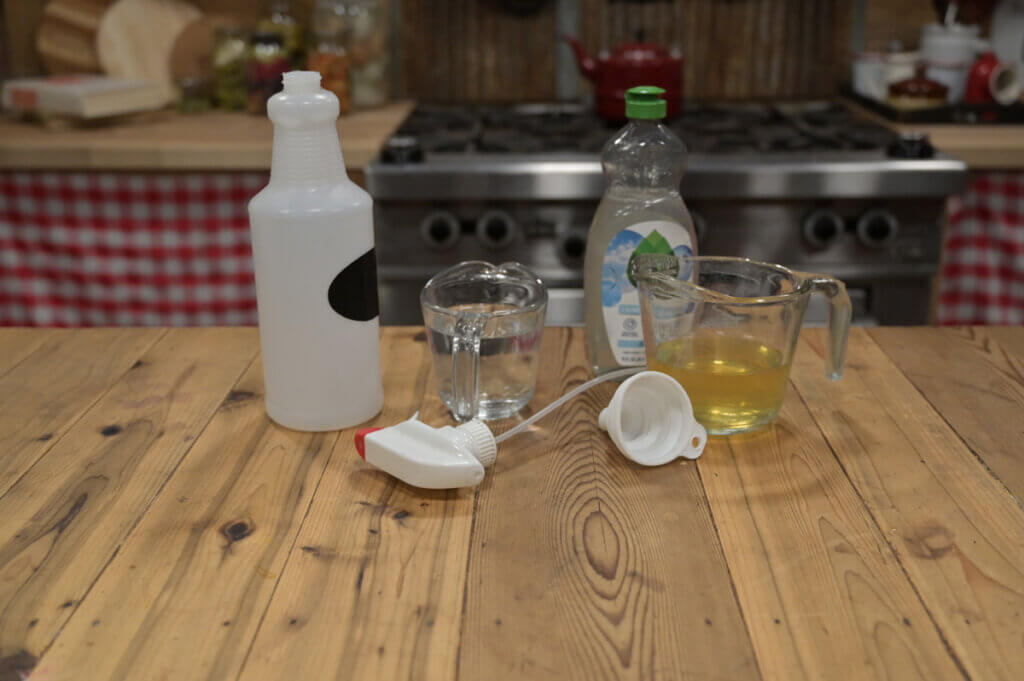
FAQ
Vinegar has numerous uses around the house. It can be used for cleaning appliances, brightening clothes, disinfecting cutting boards, cleaning windows, and more.
Distilled white vinegar is the most versatile and commonly used vinegar for household tasks. However, apple cider vinegar can also be useful in certain situations.
Vinegar can be used to clean and deodorize appliances like the microwave and coffee maker, disinfect cutting boards, clean paint brushes, and even freshen up the refrigerator.
Vinegar is effective in removing soap scum, water stains, and mineral deposits in the bathroom. It can also clean and deodorize the toilet bowl and descale showerheads.
Vinegar can brighten white clothes, act as a natural fabric softener, serve as a carpet rinse, and clean the washing machine.
Yes, vinegar can also be used to clean hardwood floors, create a natural furniture polish, unclog drains, and kill weeds.
Vinegar can effectively deodorize a room by simply placing a bowl of vinegar in the space or using vinegar as a cleaning solution for surfaces.
Vinegar can eliminate a range of odors, including pet odors, cooking smells, and other unpleasant odors around the house.
Using vinegar provides natural and affordable solutions for cleaning, deodorizing, and maintaining a fresher and healthier home.
Other Posts You May Enjoy
- Homemade Cleaning Recipes (All-Natural & Non-Toxic)
- DIY Borax Ant Killer (No More Ants!)
- DIY Fruit Fly Trap: Easy Homemade Solution
- Laundry Strategies – How to Keep Up (Large or Small Family)
- Homemade All-Purpose Cleaning Powder
- Versatile Epsom Salt Uses for Your Home
- Versatile Cornstarch Uses for Home & Kitchen





